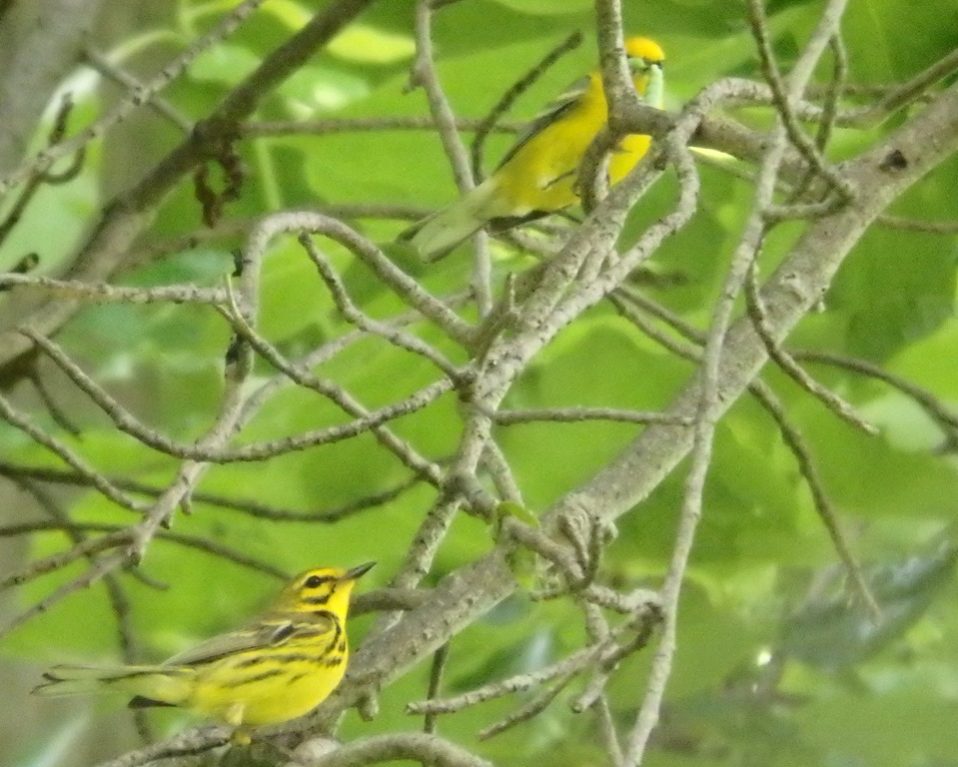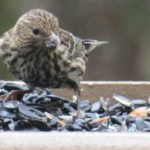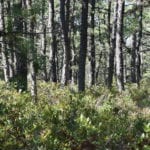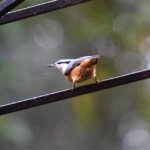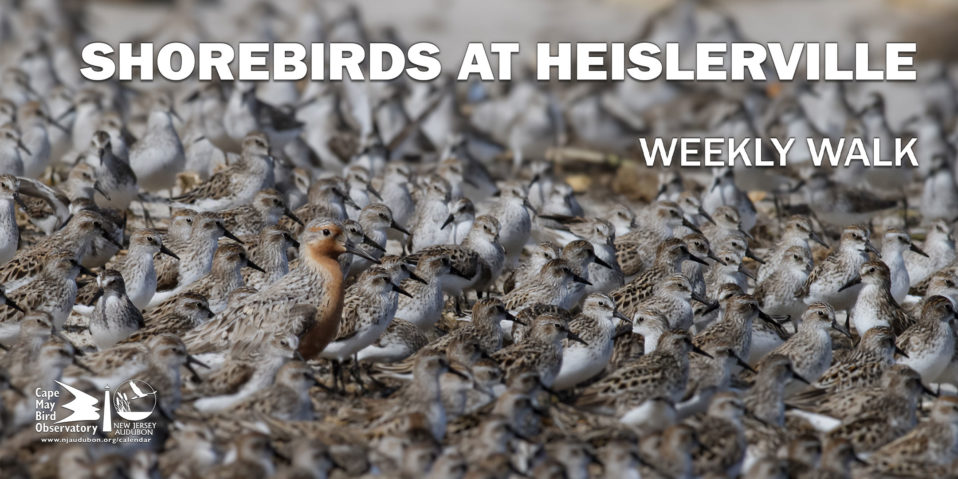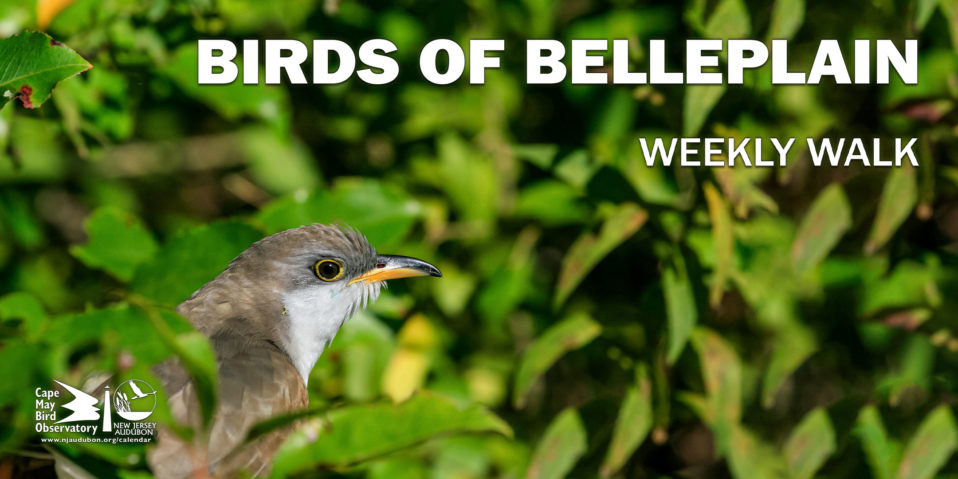According to the Golden-winged Warbler Project (GWWP), a conservation initiative coordinated by Indiana University of PA- Research Institute, Cornell Lab of Ornithology, the American Bird Conservancy and the Natural Resource Conservation Service (NRCS), “since 2012, over 500 private landowners in 5 different states have created 8,800 acres of young forest habitat through various NRCS conservation projects…” as part of a regional initiative called the Young Forest Initiative. This multi-state conservation effort is focused on creating habitat necessary to meet the critical needs of a multitude of at-risk species.
In New Jersey, several properties, both publicly and privately owned, are participating in the initiative. The majority of these NJ properties are located in the northern portion of the state, with several sites concentrated on or near Sparta Mountain in the New Jersey Highlands region. Sparta Mountain is of particular importance because of the area’s use by various resident and migratory wildlife species, including many at-risk species. In fact, the Sparta Mountain region also contains some of the last known populations of the State Endangered Golden-winged Warbler, which has suffered one of the sharpest population declines of any bird species across its entire range since the 1960s.
Indiana University of PA recently released results from the Golden-winged Warbler Project’s 2017 bird monitoring of project sites in NJ. Monitoring was conducted by biologists from Indiana University of Pennsylvania, Cornell University, the American Bird Conservancy, and NRCS. The forest treatment areas underwent science based planning to harvest trees, stimulate new growth and forest succession and create patches of young forest; providing the diversity and structure of vegetation that is needed as critical habitat components for the initiative’s target at-risk species. According to NRCS’s Working Lands for Wildlife Song Bird study, “Healthy forests, just like healthy human populations, are sustained by a diversity of ages. Each group has their own role to play in maintaining the whole community over the long term.” These areas of young forest embedded in older aged forest are not only important to target at-risk species, but are also vital to life cycles of many other species, including forest breeding interior birds.
Results from the 2017 Golden-winged Warbler Project’s survey revealed that 33 bird species were detected in the treatment areas, with 13 of the species detected considered at-risk species. Of the 33 species, several are considered forest interior species. Similarly, ongoing surveys conducted at the same sites by biologists from the New Jersey Division of Fish and Wildlife found that bird species diversity doubled, and at-risk species diversity doubled in less than 3 years as a result of the creation of young forest habitat.
Photos (all taken at Sparta Mountain Forest Treatment-Regeneration Areas) by John Parke




